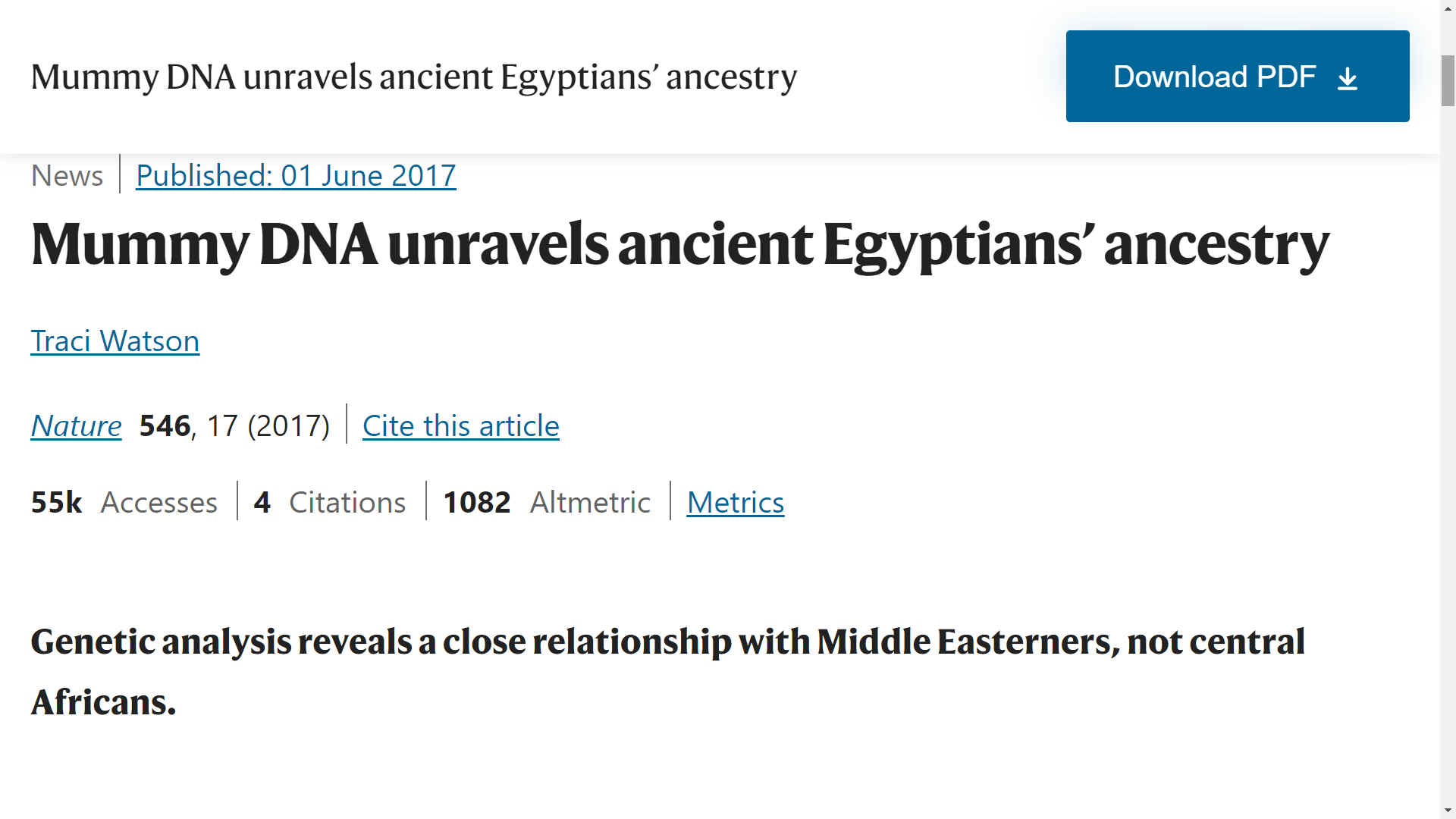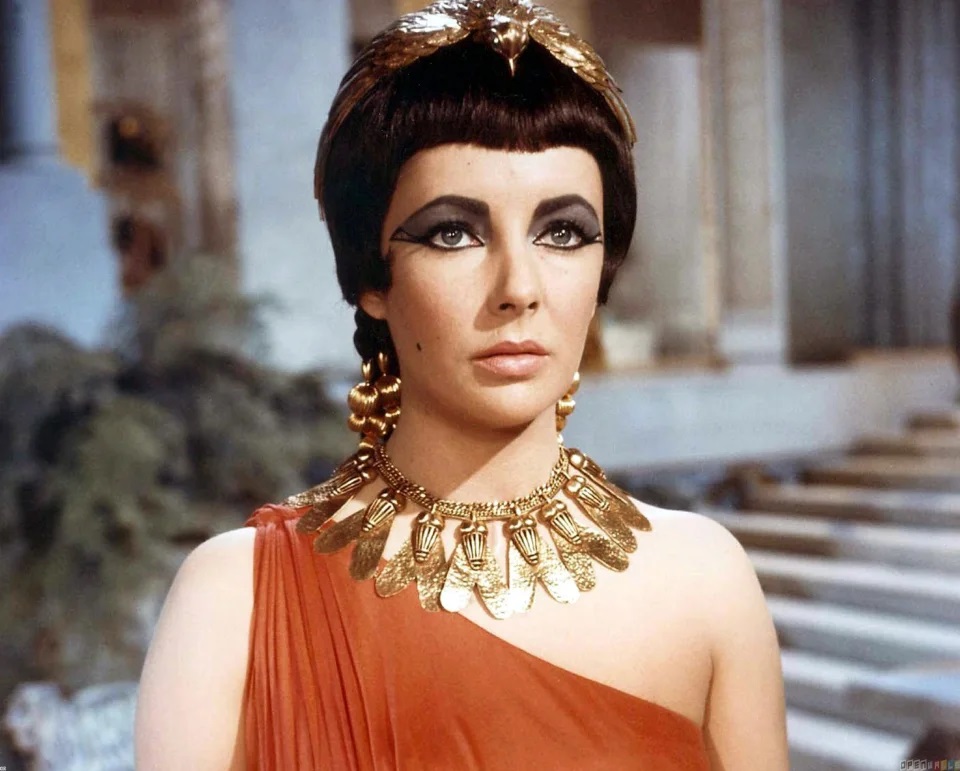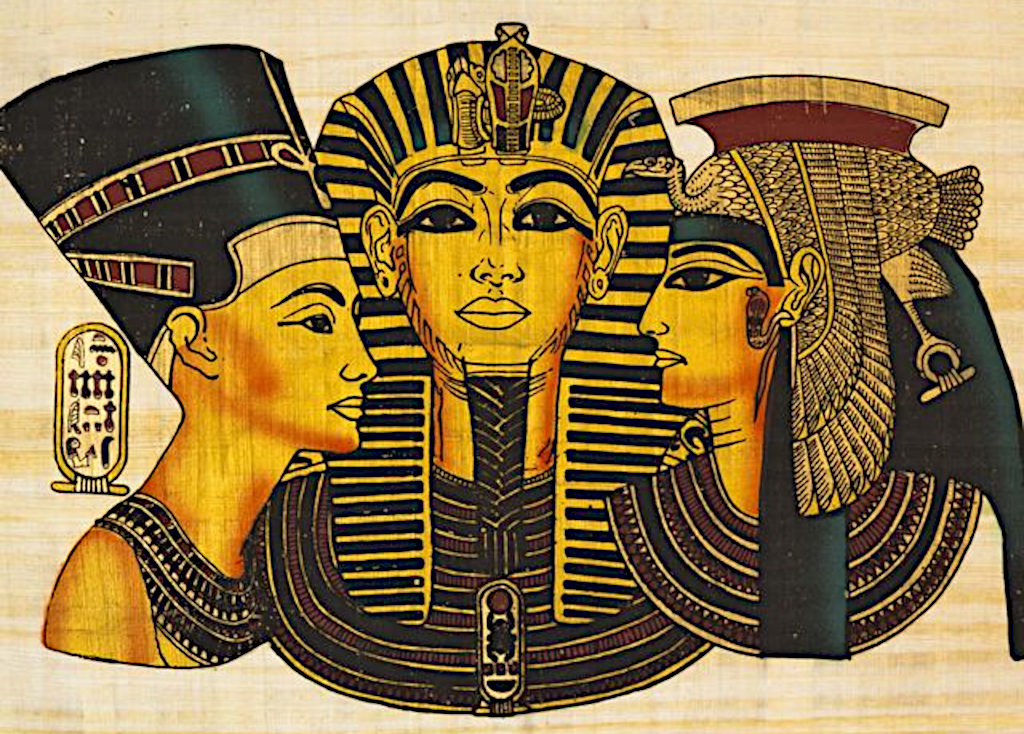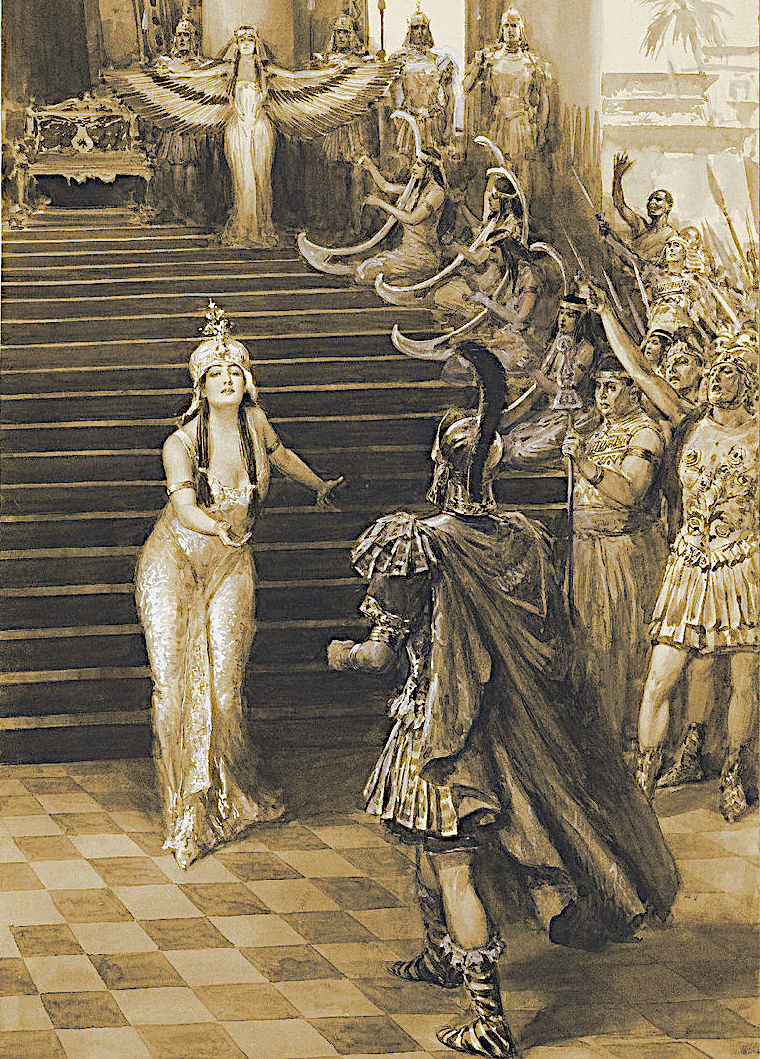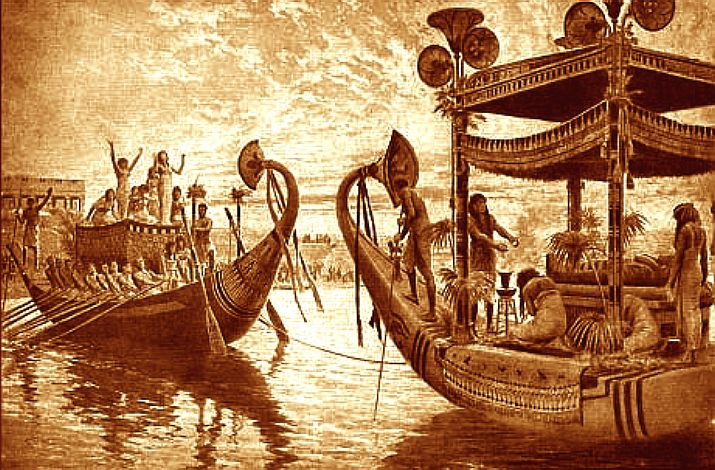|
NATURE: MUMMY DNA - 1 JUNE 2017
Please use our A-Z to navigate this site or return HOME
|
|
NATURE 1 JUNE 2017 - MUMMY DNA UNRAVELS ANCIENT EGYPTIAN' ANCESTRY
https://www.nature.com/articles/546017a https://www.nature.com/articles/ncomms15694 https://www.nature.com/articles/ncomms15694 https://www.nature.com/articles/546017a
|
|
BBC NEWS - NETFLIX CLEOPATRA DOCUDRAMA 10 MAY 2023 BRISBANE TIMES - RADAR REVEALS POSSIBLE LOCATION CLEOPATRA'S TOMB 2009 BRITISH MUSEUM - CLEOPATRA, 17 YEAR OLD DAUGHTER OF CANDACE, THEBES CBC - CLEOPATRA OUTSMARTED EVERYONE, FEBRUARY 2021 CBS - WHY SOME EGYPTIANS ARE FUMING OVER NETFLIX'S BLACK CLEOPATRA DAILY MAIL - ADELE JAMES BREAK SILENCE AS TO BLACKWASHING CLAIMS MAY 2023 DISCOVERY MAGAZINE - JUNE 7 2023, WILL WE EVER FIND THE TOMB OF CLEOPATRA? GREEK CITY TIMES - ARCHAEOLOGIST CLAIMS TO BE CLOSE TO DISCOVERY OF CLEOPATRA 2021 LIVESCIENCE - WHERE IS CLEOPATRA'S TOMB/PALACE JULY 2020 NATURE - STUDY 90 MUMMIES REVEALS ANCESTRY ANCIENT EGYPTIANS: MIDDLE EASTERN JUNE 2017 ROTTEN TOMATOES - CLEOPATRA CRITICS, SERIES 1 REVIEWS MAY 2023 SKY HISTORY - THE HIDDEN TOMB OF CLEOPATRA MARCH 2023 SKYE NEVILLE - PLASTIC FREE COMICS, WAITROSE BANS SPECTATOR - THE TROUBLE WITH NETFLIX'S QUEEN CLEOPATRA 29 MAY 2023 THE CONVERSATION - WHY THE DISCOVERY OF CLEOPATRA'S TOMB COULD REWRITE HISTORY 2022 THE GUARDIAN - NETFLIX, NO NEED FOR WHITE ACTOR 10 MAY 2023 THE SUN - QUEEN CLEOPATRA'S TOMB, TAPOSIRIS MAGNA 2020 THE SUN - THE REICH STUFF: GLOBAL HUNT FOR HITLER'S LOST £20 BILLION NAZI GOLD HORDE APRIL 2021 UNDERWATER PHOTOGRAPHY GUIDE - CLEOPATRA'S SUNKEN PALACE USA TODAY - MUSTAFA WAZIRI, ALEXANDRIA, EGYPTIAN ARCHAEOLOGISTS 2018 YOUTUBERS - MAKEUP, CLEOPATRA'S FACE & EYE COSMETICS, MUMMY MASK YOUTUBERS - NETFLIX VIDEO COMMENTS MAY 2023 ZAHI HAWASS - DOCUMENTARY: CLEOPATRA VII PHILOPATOR
|
|
Cleopatra's royal barge. The last of the Pharaoh queens enjoyed life on the water
|
|
Please use our A-Z to navigate this site or return HOME
This website is Copyright © 2023 Cleaner Ocean Foundation & Jameson Hunter
|
